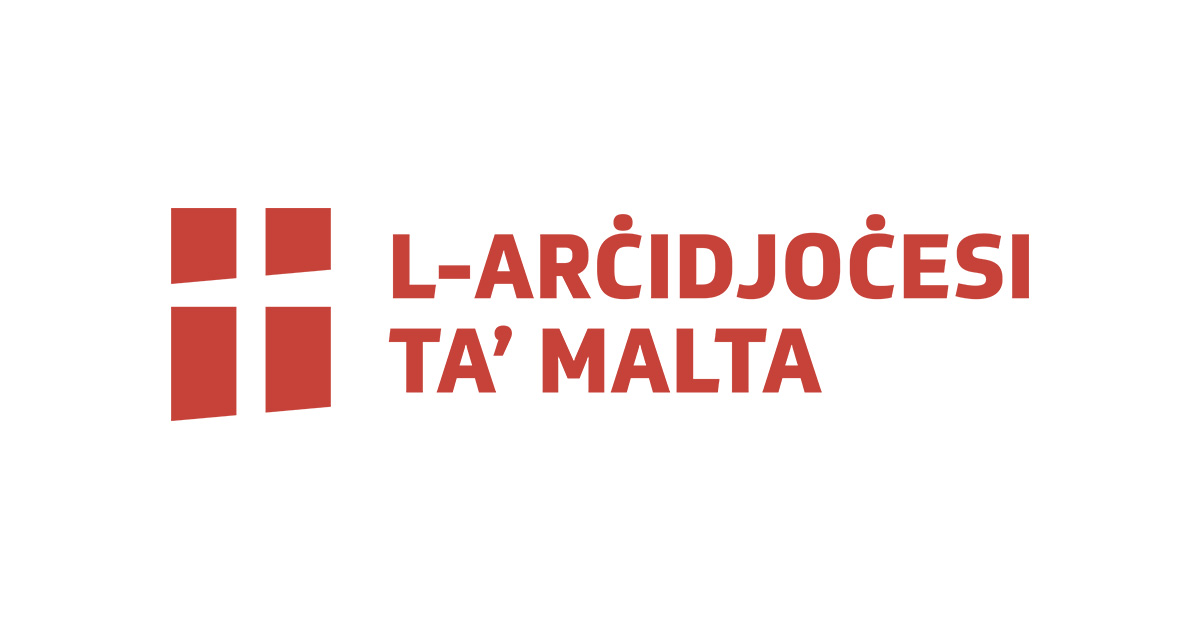L-Arċidjoċesi ta’ Malta tippreżenta Oratorju minn Karlu Diacono, sabiex tikkomemora l-100 anniversarju mill-Kungress Ewkaristiku tal-1913 u s-sena tal-Fidi.
L-Oratorju, imtella’ minn solisti, l-kor Mirabitur u l-Orkestra Filarmonika ta’ Malta immexxija minn Dun Ġwann Galea.
Dħul huwa b’xejn.
Iktar dettalji mill-Poster t’hawn taħt.
.
The Musical Heritage of the International Eucharistic Congress (1913)
Performance of Diacono’s Oratorio at St. John’s Co-Cathedral
During April 1913 Malta hosted the 34th edition of the International Eurcharistic Congress, which attracted to our island a large number of prelates from all over the globe together with theologians and writers of great fame. The main activities connected with the Congress were held in Valletta, Floriana and the Mosta Rotunda. Besides the study sessions and the erudite talks given by experts on different aspects of the eucharistic teaching and practice, great popular celebrations were held, among them a first communion celebration for children at Floriana followed by an eucharistic procession to Valletta. For this occasion Mro. Giuseppe Caruana was asked to write a simple eucharistic hymn to be sung by the children during the ceremony, who in his turn asked his friend Dun Karm to provide him with the lyrics (T’adoriam ostia divina). This hymn, later translated by Dun Karm himself in maltese (Nakurawk ja ħobż tas-sema) became so popular that it is widely sung up to the present day, not only in Malta, but in many foreign countries, where it was taken by various participants in the Congress.
One of the highlights of the official programme prepared by the local commitee, responsible for the organisation of the Congress was the oratorio by Carlo Diacono, San Paolo Evangelizza i Maltesi scheduled to be performed at the Royal Opera House on the Saturday preceding the conclusion of the Congress. The oratorio in three parts, with latin lyrics by Prof. Mgr. Giovanni Formosa, very vividly depicts the tempest which landed St. Paul on our islands, the miracles performed by him during his three-month stay, which helped the inhabitants to accept the new teaching, particularly about the eucharist, which St. Paul was preaching and which consolidated the faith of the islanders. It ends with a paean of praise to God for the gift of faith expressed through the generosity showered on Paul by the maltese people as a sign of their gratitude before leaving the island for Rome.
Although a relatively early major work during Diacono’s copious musical production, it already sheds light on his creative genius. It is an intrinsically thematic, homogenous and dramatically tense work, albeit economical in its material and non-operatic in nature. Characterised by a skillful contrapuntal creation and a romantic-blended orchestration, it is entrenched in the best form of the oratorio tradition. Without indulging in academic inventions, it flows with great spontaneity at the service of the text, alternating very intense and lively colours during majestic passages with others of a light and delicate nature, emanating an atmosphere of tenderness and sometimes suspense.
Oratorio for the Anniversary of the International Eucharistic Congress (1913)
The score of Carlo Diacono’s oratorio San Paolo Evangelizza i Maltesi has been kept on the shelves of the Diacono family library and of those of the Mdina Cathedral Archives, to whom it was donated in 1994, for nearly a century. It was only four years ago that it was given its premiere performance during a concert commemorating the Pauline Year.
The oratorio, scored for five soloists, choir and orchestra, was commisioned by the commitee responsible for the organisation of the International Eucharistic Congress held in Malta in 1913, and it featured in the official programme as one of the highlights of this prestigious event. Diacono, at the time emerging as one of the leading exponents of sacred music on the island, combined his youthful energy and his innate creativity to produce an intrinsically thematic, homogeneous and dramatically tense work, entrenched in the best form of the oratorio tradition. It is characterised by a skillful contrapuntal creation and a romantic – blended orchestration with intense and lively colours during majestic passages and others of a light and delicate nature during more intimate moments.
The sad fate of this oratorio was that its execution had to be dropped at the last moments, contrary to what was planned, and it went into oblivion for so many years. The Diocesan Commitee, responsible for the anniversary celebrations to commemorate this international event held in Malta in 1913, decided to include it during the week-long activities planned for this purpose.
The oratorio, scored for 5 solists, choir and orchestra wil be performed at St. John’s Co-Cathedral on Friday 31st May at 7.30 pm with the participation of soloists Rosabelle Bianchi (soprano), Connie Frances Zerafa(contralto), Joseph Aquilina (tenor), Alfred Camilleri (baritone), Anthony Montebello (bass), The Mirabitur Choir (choir mistress Simone Attard) and the Malta Philharmonic Orchestra (leader Marcelline Agius) under the direction of Rev. John Galea.




